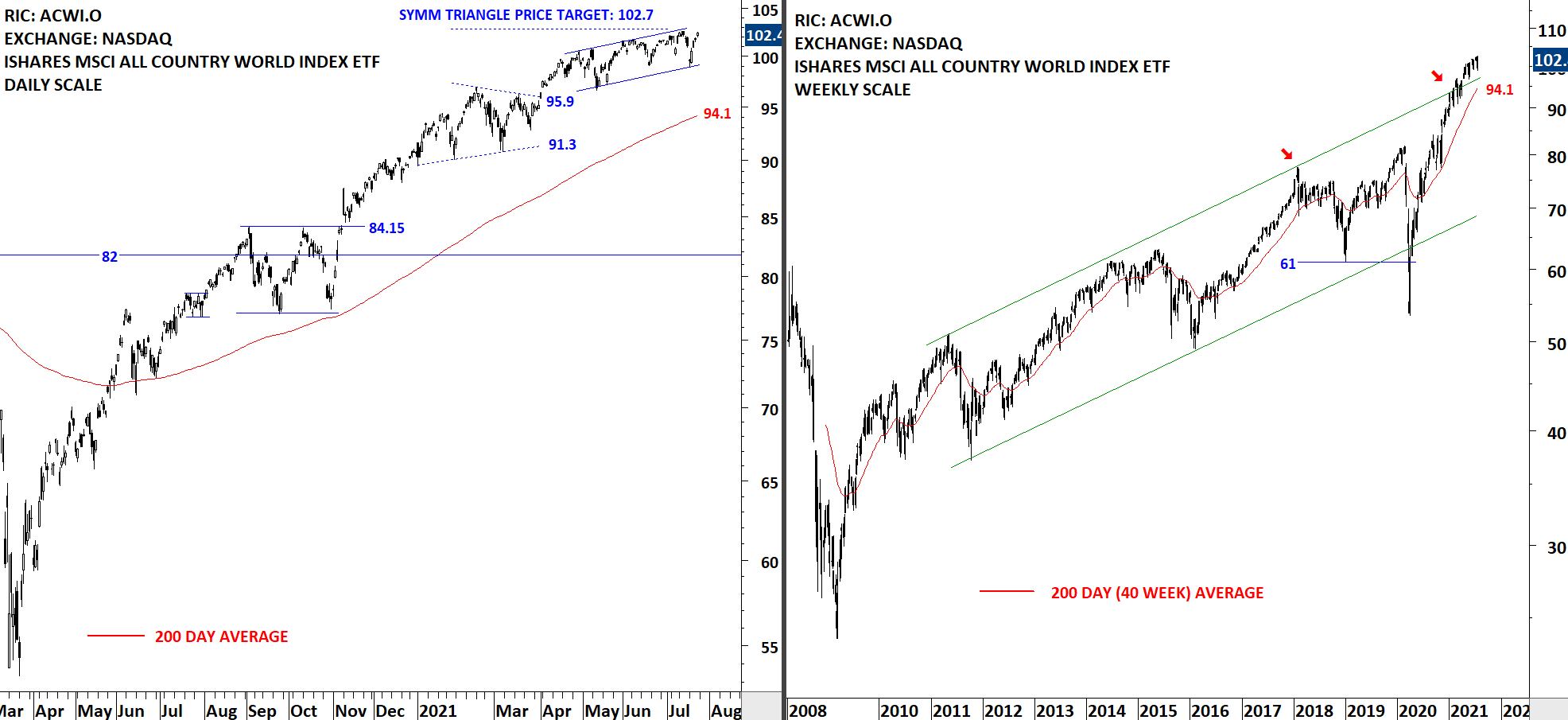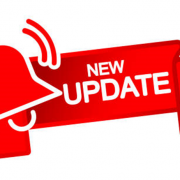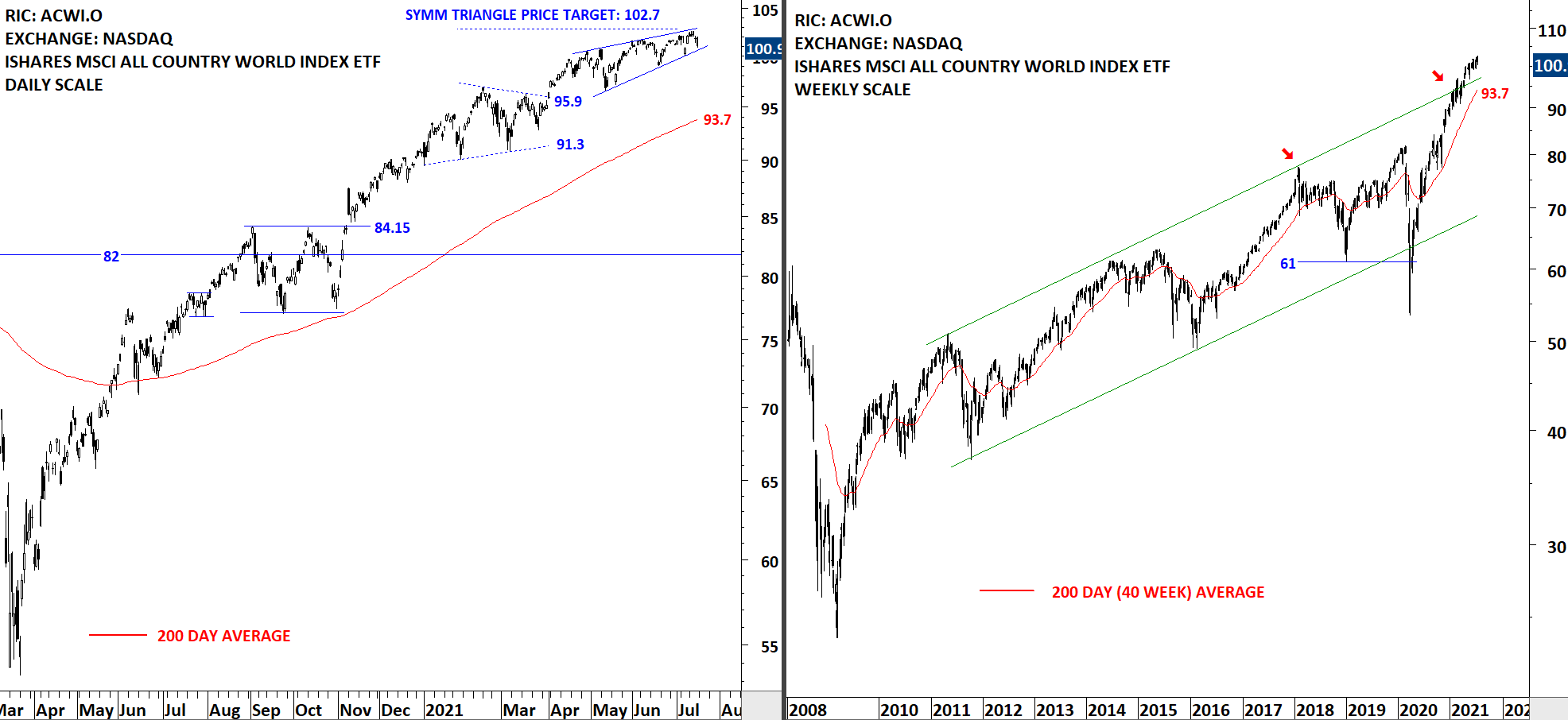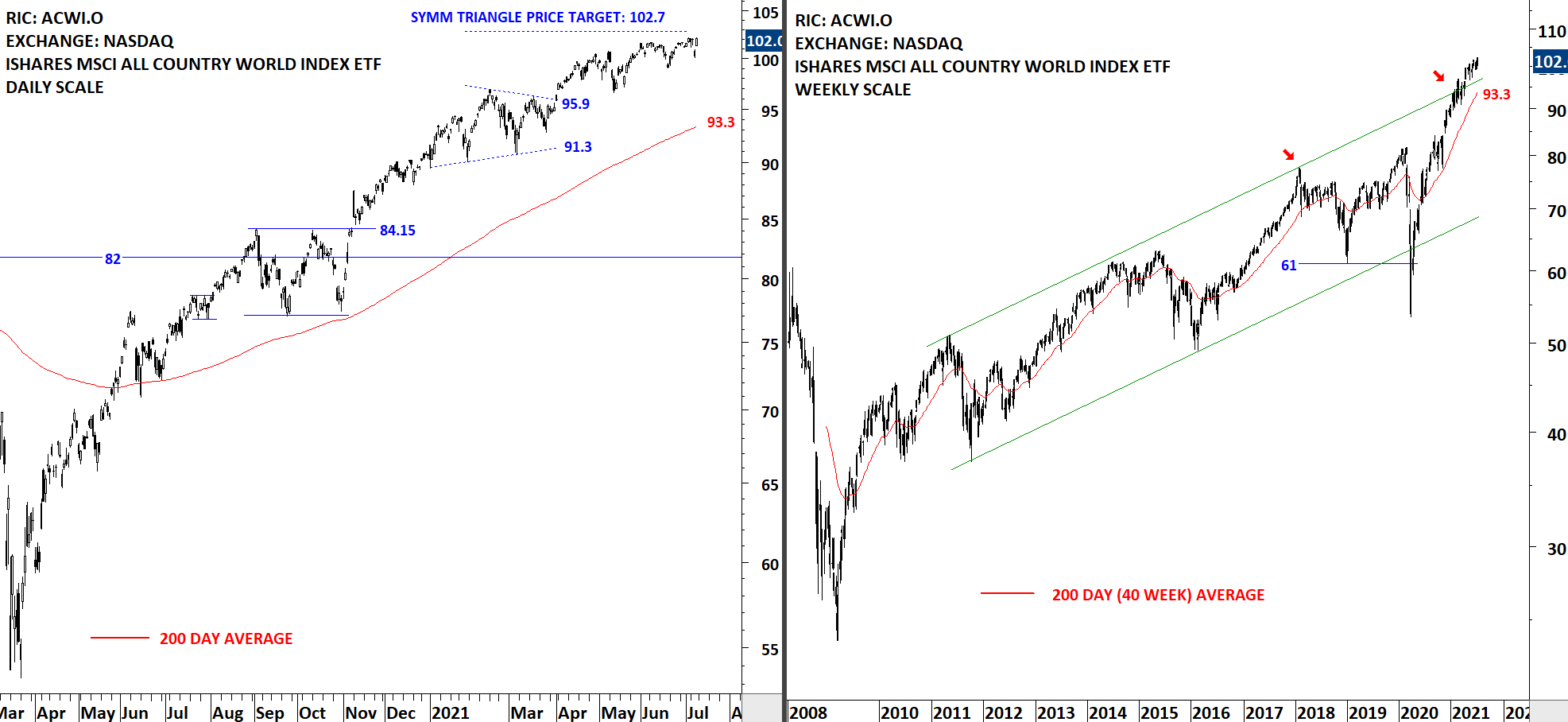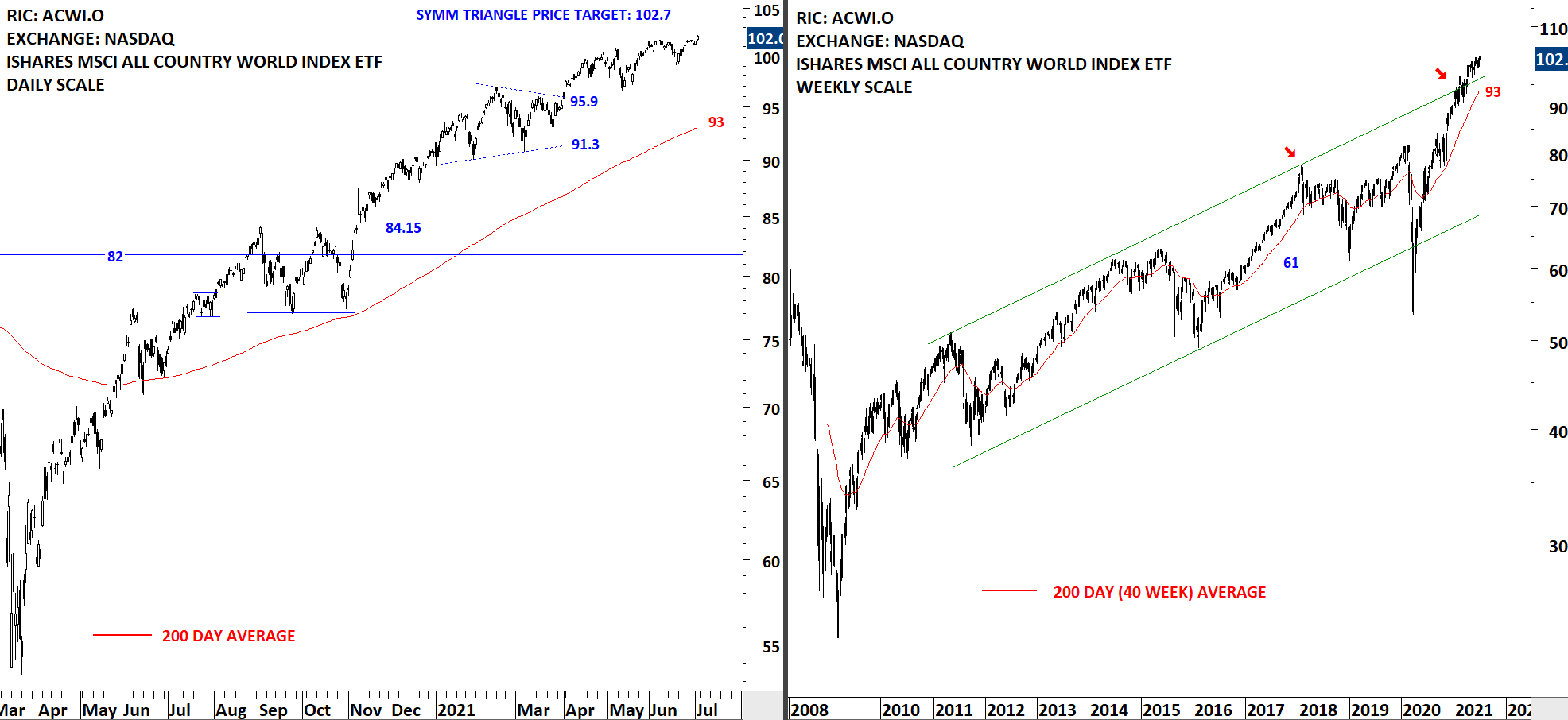CRYPTOCURRENCIES – July 24, 2021
Cryptocurrencies are going through low volatility conditions. Many pairs have been in correction pulling back to their long-term averages. I'm using 365 day exponential moving average for my long-term trend following tool. In equities I prefer the 200-day average. Given that cryptocurrencies are trading all year round, I think 365 days is more appropriate. Irrespective, a long-term moving average is a good tool on a price chart to understand the overall trend of that instrument.
Not all cryptocurrencies will have a clean chart pattern development all the time. In this special issue, I'm trying to bring to your attention important well-defined support and resistance levels. Some pairs have clean chart pattern developments. However, I urge you to not use those patterns as a predictive tool. Rather, it should be used as a risk management tool once specific boundaries are breached on the upside or downside. I.e. some pairs are forming descending triangles which is a bearish chart pattern. However, it is only bearish if it is confirmed with a breakdown.
Read More


